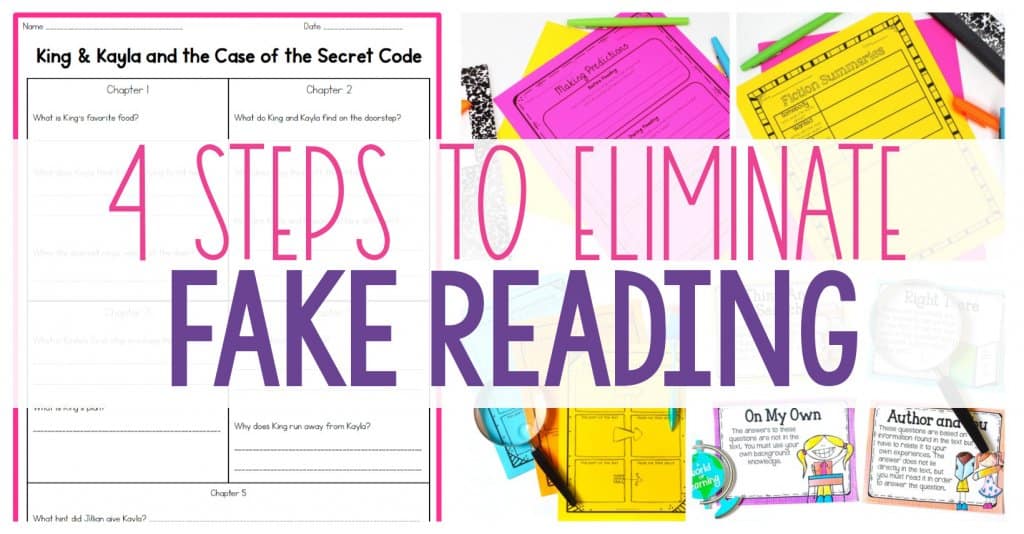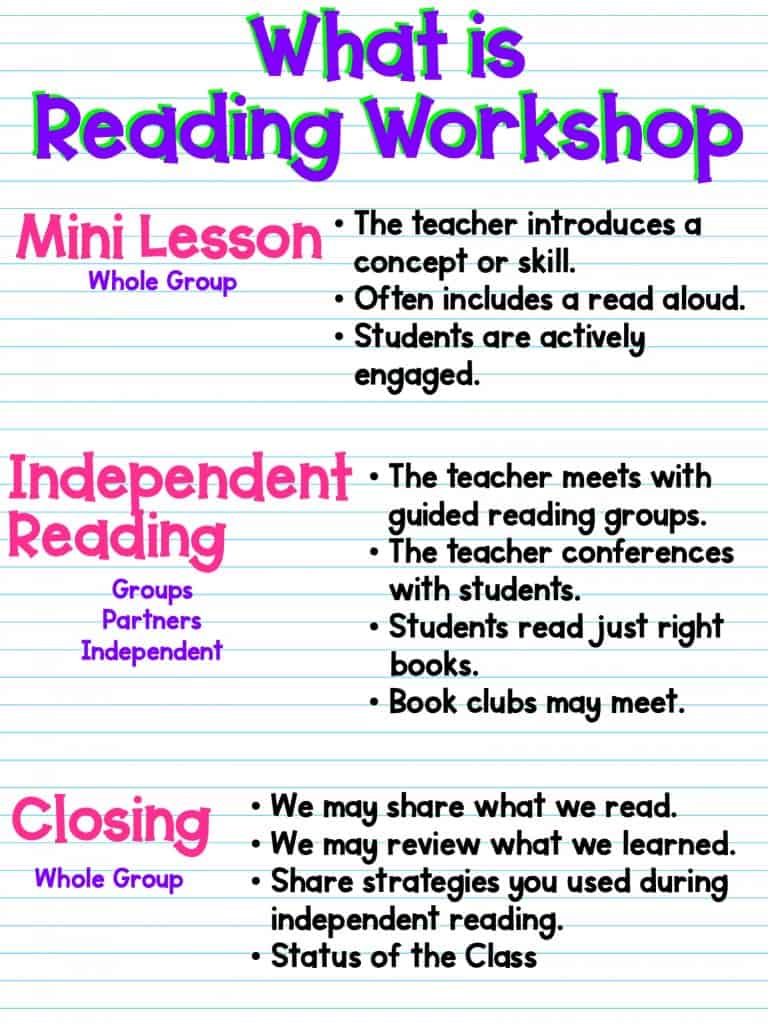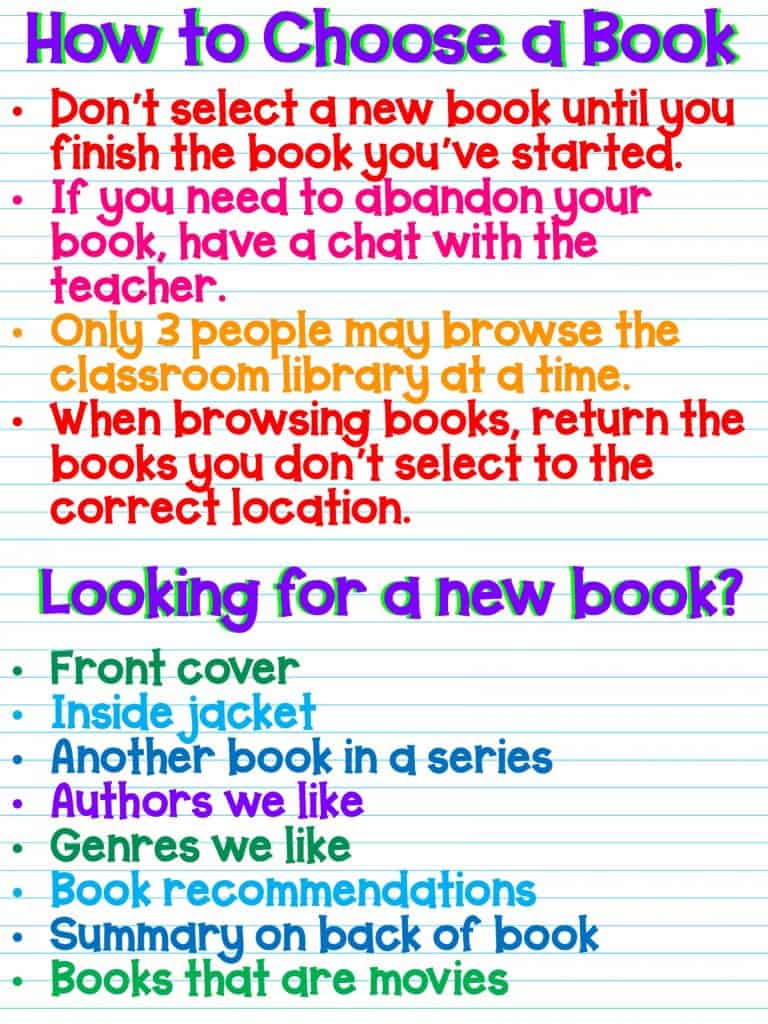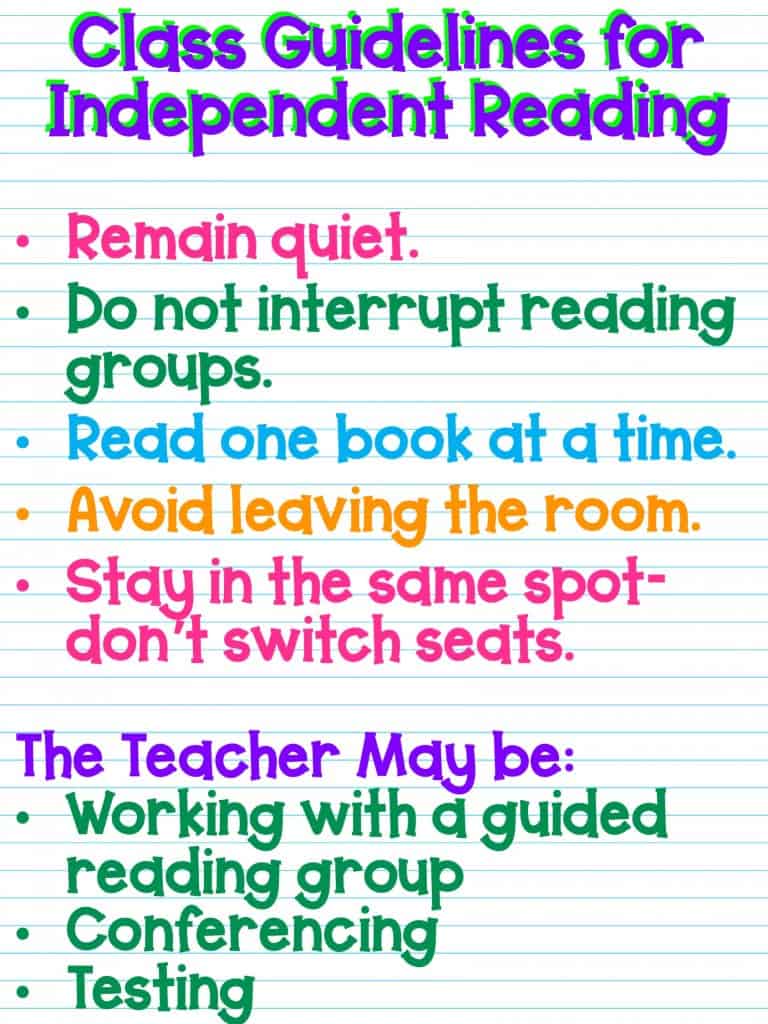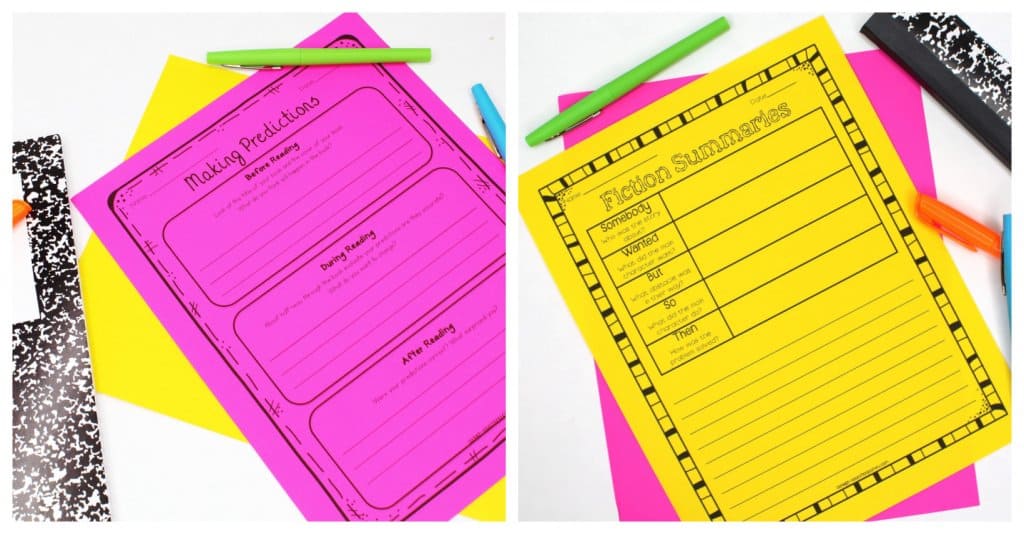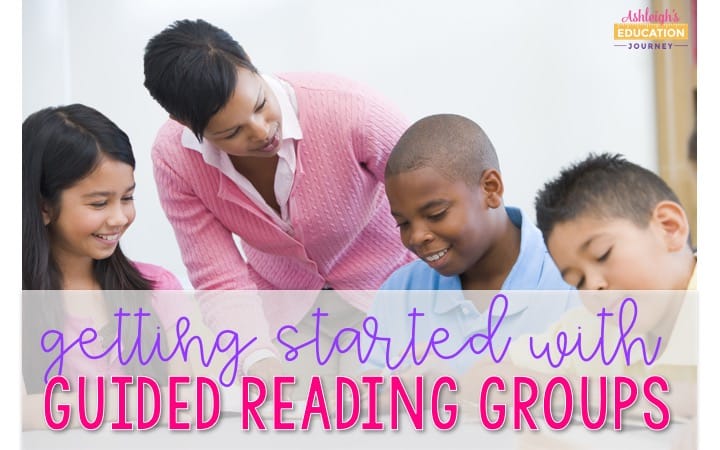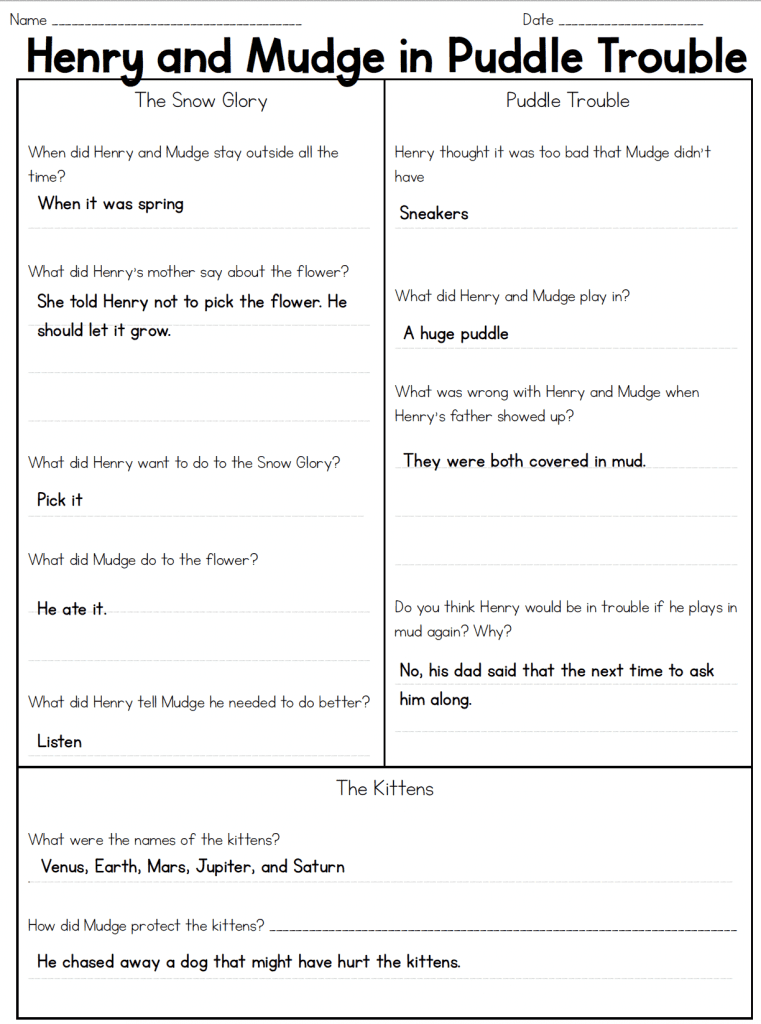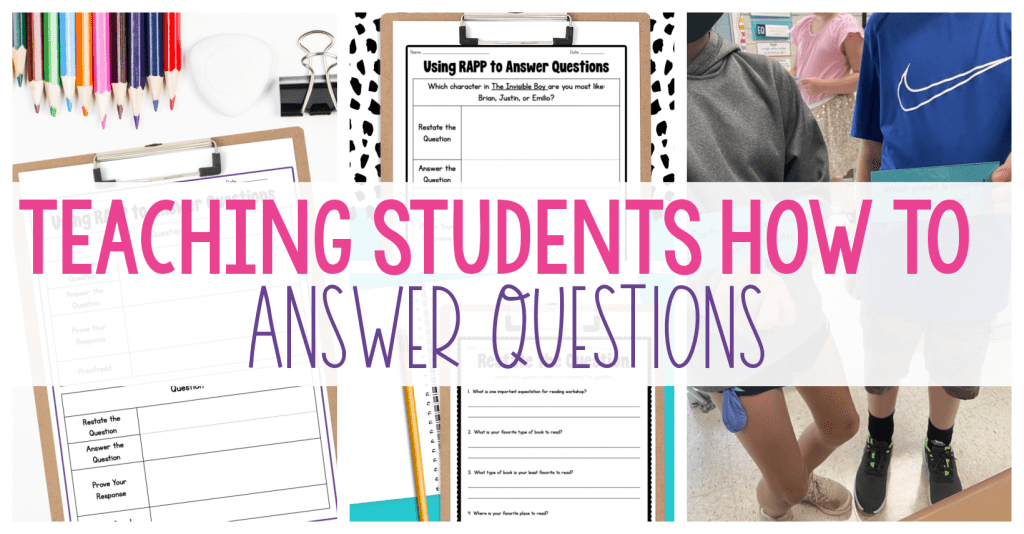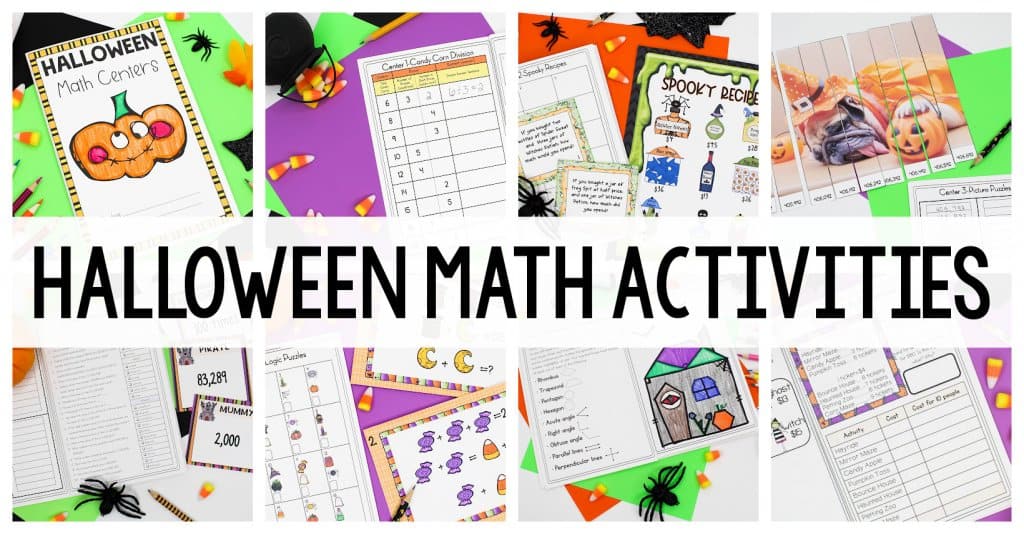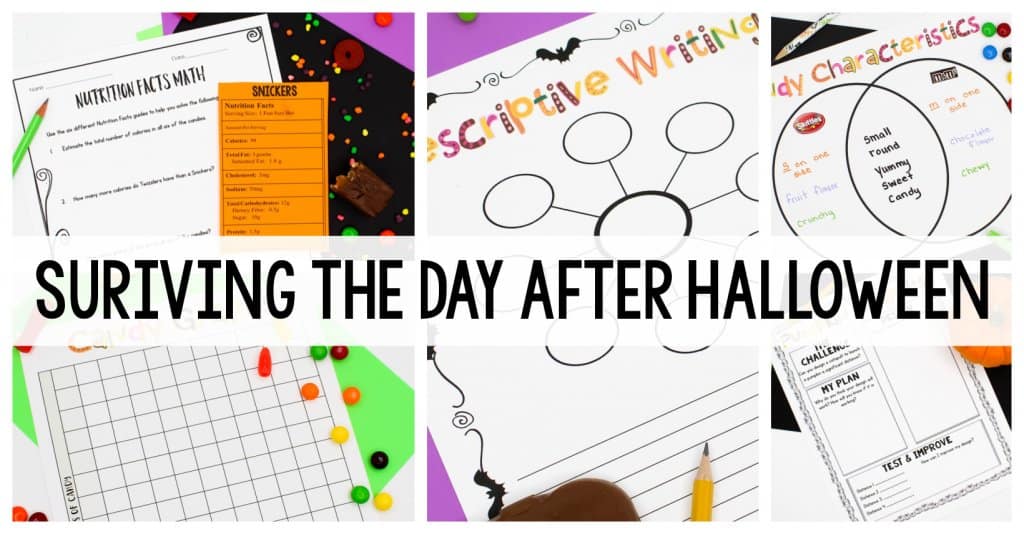It’s a Tuesday afternoon, and we’re well into the school year. I’ve taught my reading mini lesson and have already met with one guided reading group. I look around the room and everyone appears to be on task during their independent reading time. Things are running perfectly.
But not really.
One student “finishes” at least one or two chapter books during her independent reading time. She’s looking at the pages and turning pages at an appropriate rate, but she can’t tell you about the book.
Another student abandons every book he chooses. Even though I’ve working with him to choose books that he’ll enjoy, I’m not sure that he’s finished a book this year.
A little girl needs to get water. Then she needs to use the restroom. She decides that she needs to sharpen her already sharp pencil. She can’t seem to find a comfortable place to sit and changes locations every minute or two.
A little boy looks at the pages of the same book he has been “reading” for a month. We conference about the book, and I give him ample independent reading time, but it feels like he’s stuck in place.
All of these students have something in common. They’re “fake reading”. They know what it looks like to be reading, but they’re not really reading.
These students are running away from reading. In my experience, the vast majority of these students are children who have difficulty with reading. It’s the Matthew Effect for reading, and there are many different causes for this difficulty. The post does not focus on those causes but on strategies to eliminate or reduce fake reading. You can read more about that here.
Step 1-Expectations/Procedures
My first strategy to eliminate fake reading to explicitly teach classroom expectations and procedures for reading workshop. If you dive right in to reading workshop without establishing clear procedures, it’s destined to end in chaos.
You have to teach students how to act in reading workshop, how to choose a book, what independent reading time should look like, etc. It’s important to discuss and practice your expectations and procedures for reading workshop, specifically independent reading time.
At the beginning of the school year, I display reading workshop anchor charts that remind students about what to expect during during reading workshop.
Another anchor chart reviews how to choose a book, and during that lesson I teach students the actual procedures in choosing a book, as well as give students strategies on how to pick a book they will enjoy.
During the beginning of the school year I also go into detail on the expectations for independent reading time. When creating these charts, I like to give students the opportunity to input ideas and these charts are a working document. I add and take away as necessary.
The clearer you are with your expectations, the more smoothly your reading workshop will run. I’ve written a much more detailed post on teaching reading workshop procedures, and you can find that post here.
Step 2-Comprehension Strategies
I often think of my procedural lessons as the first wide net that catches some students. There are typically a handful of students that could hit the ground running with reading comprehension. That’s typically students who have already learned to love reading.
However to avoid “fake reading” and to develop students’ reading comprehension most students need instruction on comprehension strategies. Once I finish my procedural lessons, I begin teaching comprehension strategies for the next several weeks.
I start by teaching students to visualize as they read. Creating mental images allows students to “see” the setting and the action in the text.
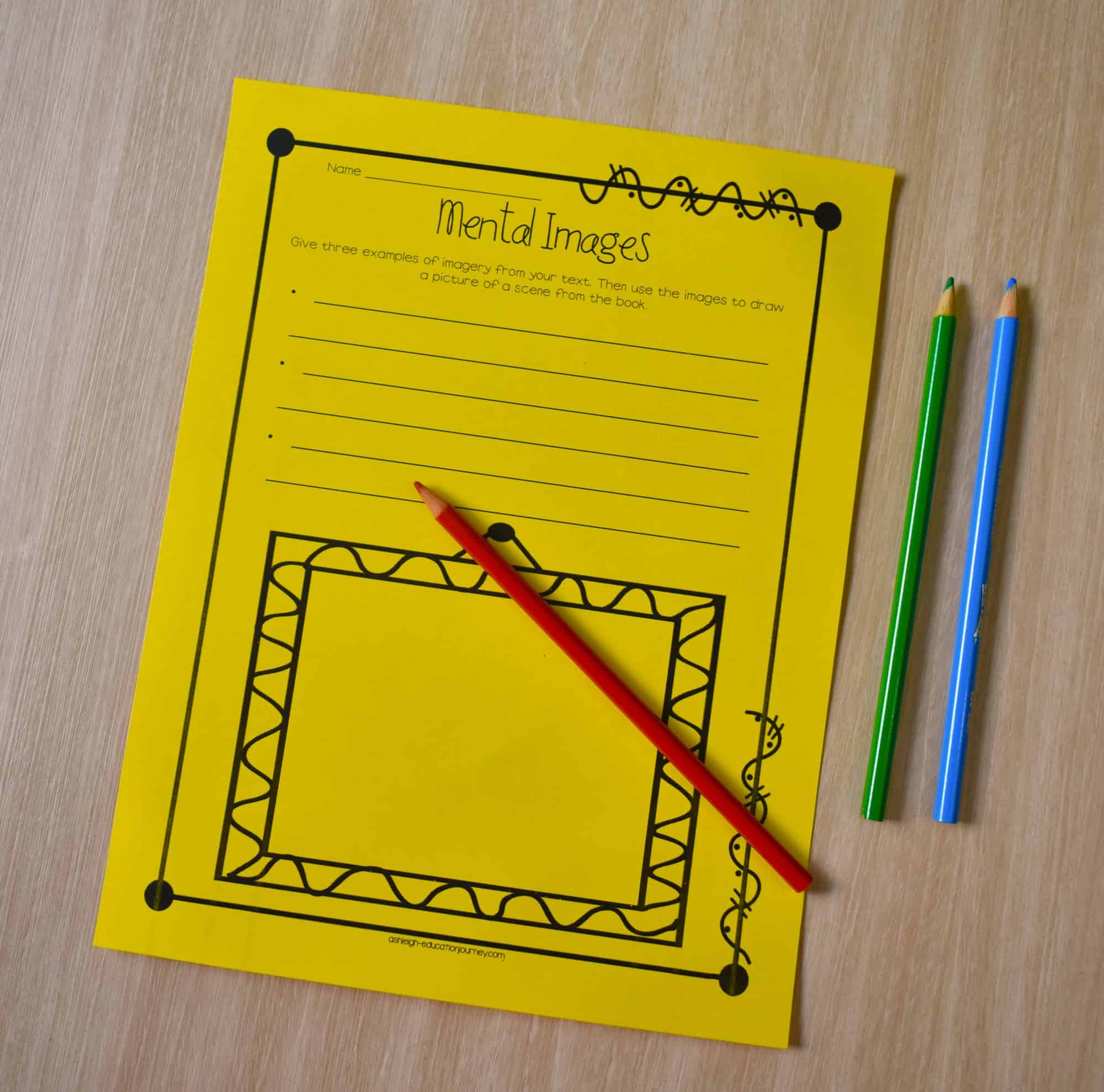
After teaching visualizing, I teach students how to make connections. Once this becomes natural for students, I don’t have them share their connections every time they read. Instead, it becomes a natural part of reading. I later teach students that good readers ask questions before, during, and after reading. Once again, this will eventually become a natural part of reading. I also teach question-answer relationships to students by teaching different types of questions.
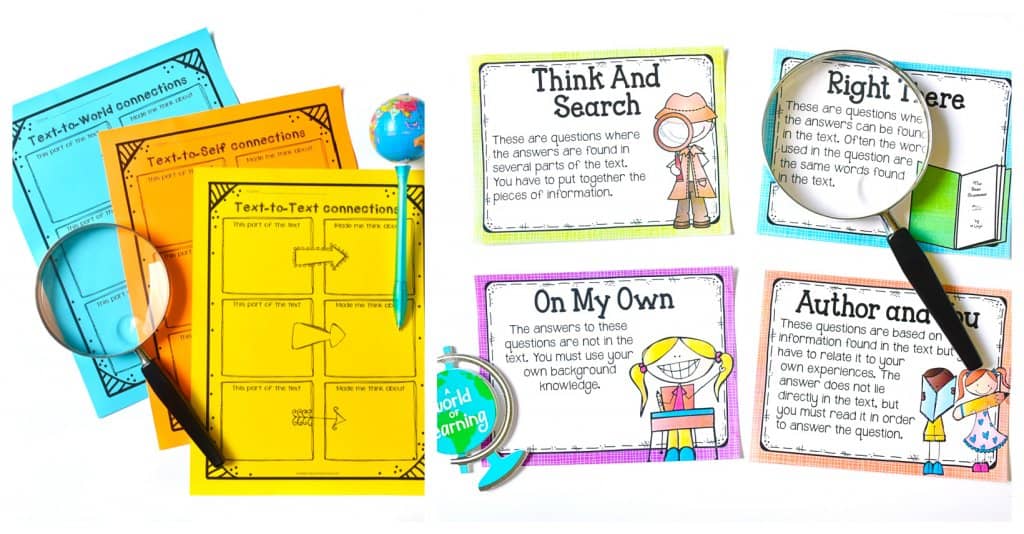 I also work with students on making predictions as they read. It’s important for students to understand that their brain is constantly revising its predictions to adapt to new information and content. It’s not important if their prediction is “right” or “wrong” but that making predictions is a comprehension tool. I also teach students how to write fiction and informational summaries which helps students synthesize information.
I also work with students on making predictions as they read. It’s important for students to understand that their brain is constantly revising its predictions to adapt to new information and content. It’s not important if their prediction is “right” or “wrong” but that making predictions is a comprehension tool. I also teach students how to write fiction and informational summaries which helps students synthesize information.
Once I finish teaching reading strategies, I’m ready to move on to more complex reading instruction. You can see each of the printables above here.
Step 3-Guided Reading Groups
After all of the procedural lessons and comprehension lessons, there will sill be “fake readers” and students who need support with reading comprehension. This is where you get to really dig-in and address individual student needs. There is a lot going on in guided reading groups, so rather than recreating the wheel, I’ll share my favorite post on how to use guided reading groups in an upper elementary classroom.
Step 4-Chapter Check-Ups
After teaching procedures, comprehension strategies, and starting guided reading groups, you may still have a few students fake reading. In addition to possible interventions, I do have one other strategy that is quite helpful-Chapter Check-Ups.
The check-ups range in guided reading levels J-O. This isn’t for student who can successfully read a level O (or higher) book without scaffolding. Instead, it is for students who do not independently read and comprehend beginning level chapter books.
Frequently, students who need these check-ups have the reading ability to comprehend texts but have developed habits and behaviors that significantly impair their comprehension-especially during independent reading time. This avoidance behavior leads to fake reading which snowballs into more difficulty with reading comprehension.
The check-ups do not take the place of students’ guided reading groups or other reading instruction. Instead, they are a scaffolding and accountability tool for students’ independent reading time. As students read, they answer the chapter-by-chapter questions in the check-up. There are only a couple of questions per chapter to prevent this from taking away from students’ independent reading time.

As bad habits are broken and new habits develop, I begin weaning students off these check-ups. The goal is for students to no longer need the support to successfully comprehend texts. This forces students to slow down and to think about what they are reading.
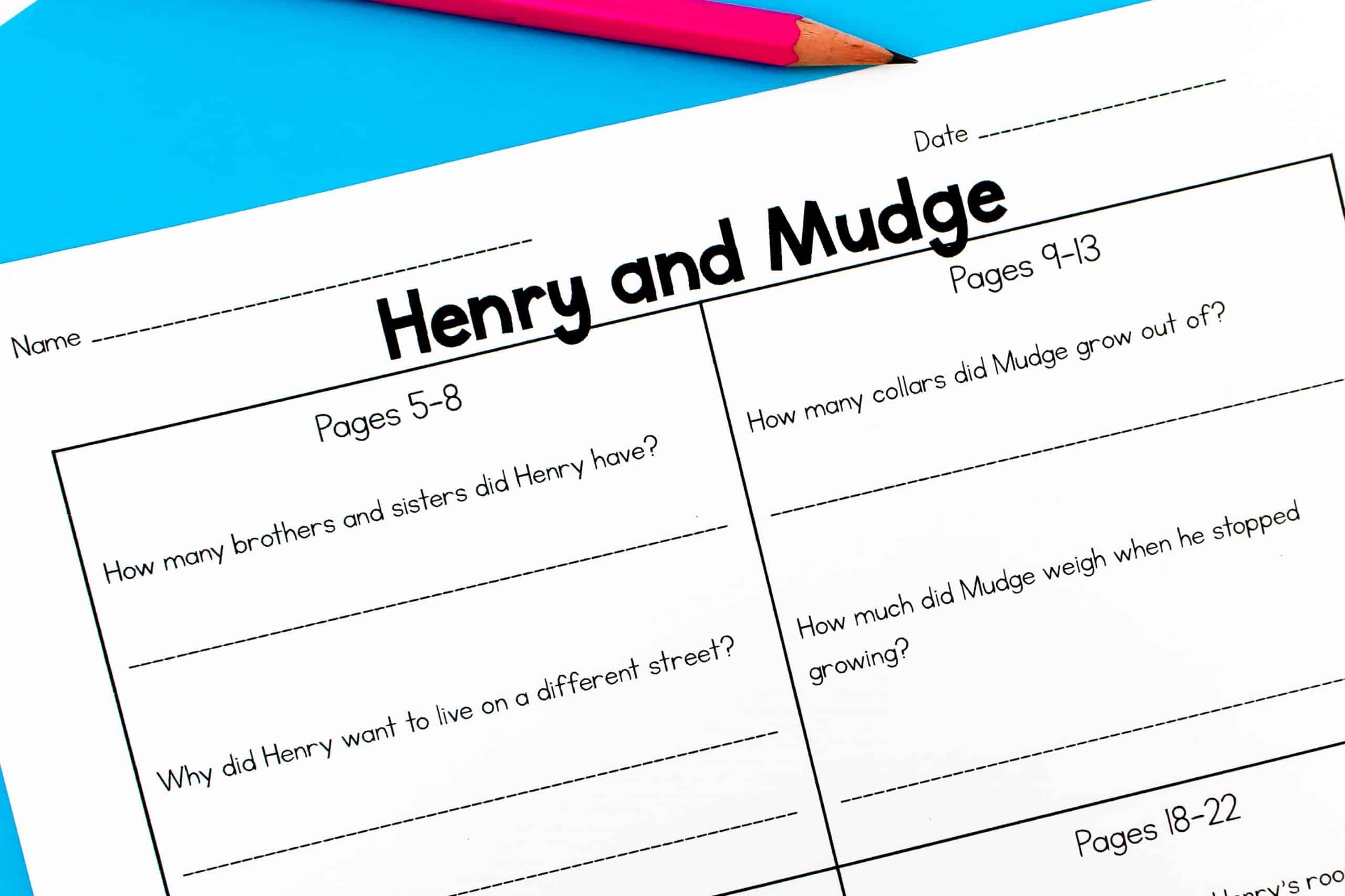
It is completely up to you on how flexible you want to be with your students’ reading levels. While in no way do I want a student defined or bound by a reading level, I have found that some students to need extra support in choosing books that allow them to be successful. You will have to use your own judgement for each individual student.

Students turn in one completed page at a time, and I check their answers before they move on to the next page. I have students correct any incorrect answers before moving forward in their book.
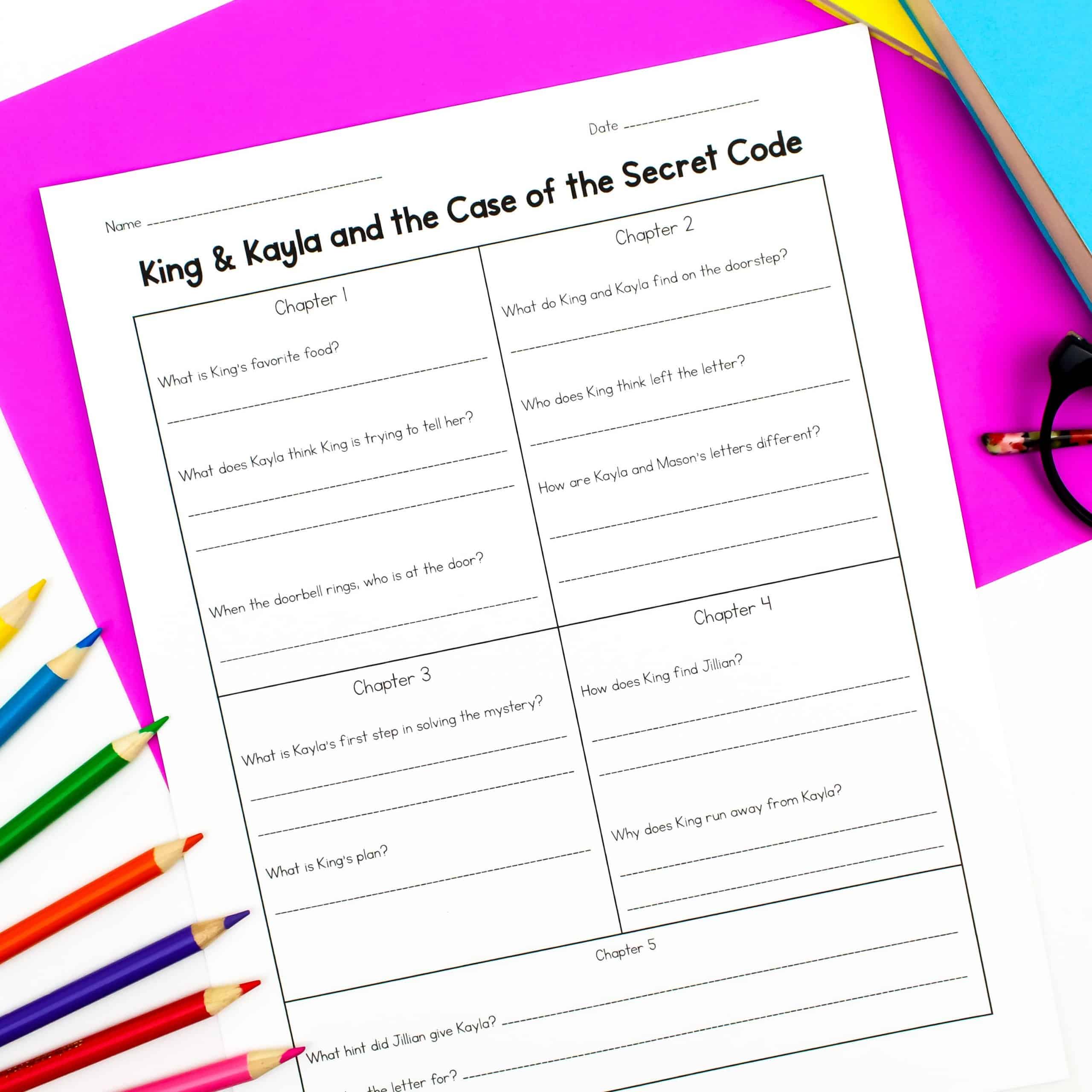
I was sure to include an answer key, because that’s one of the most important parts of this resource. While I would LOVE to say that I have read all the books in my classroom library, I simply cannot keep up with my students. I also included an editable copy of each check-up in case you need to make changes.
This is a growing resource. Throughout this school year and the following school years, I will add any Chapter Check-Ups I complete to this resource. You will be able to access the new additions at no additional cost. If you have any requests, I will try my best to add the books for you! You can email me at ashleigh_60@hotmail.com .
Books Included
Level J
Henry and Mudge
Henry and Mudge in Puddle Trouble
Level K
Mercy Watson to the Rescue
Mercy Watson Princess in Disguise
Level L
Cam Jansen-The Mystery of the Stolen Diamonds
Cam Jansen-The Mystery of the UFO
Cam Jansen-The Mystery of the Dinosaur Bones
Horrible Harry
King and Kayla and the Case of the Secret Code
Tales of Bunjitsu Bunny
Level M
Super Rabbit All-Stars
The Princess in Black
Judy Moody: Triple Pet Trouble
Level N
8 Class Pets
Dragon Masters-Power of the Fire Dragon
Dragon Masters-Secret of the Water Dragon
Dragon Masters-Song of the Poison Dragon
Miss Child Has Gone Wild
Level O
Erie Elementary
Escape From Egypt
Greetings From Somewhere-Mystery of the Gold Coin
Hero Dog
Stealing the Sword

